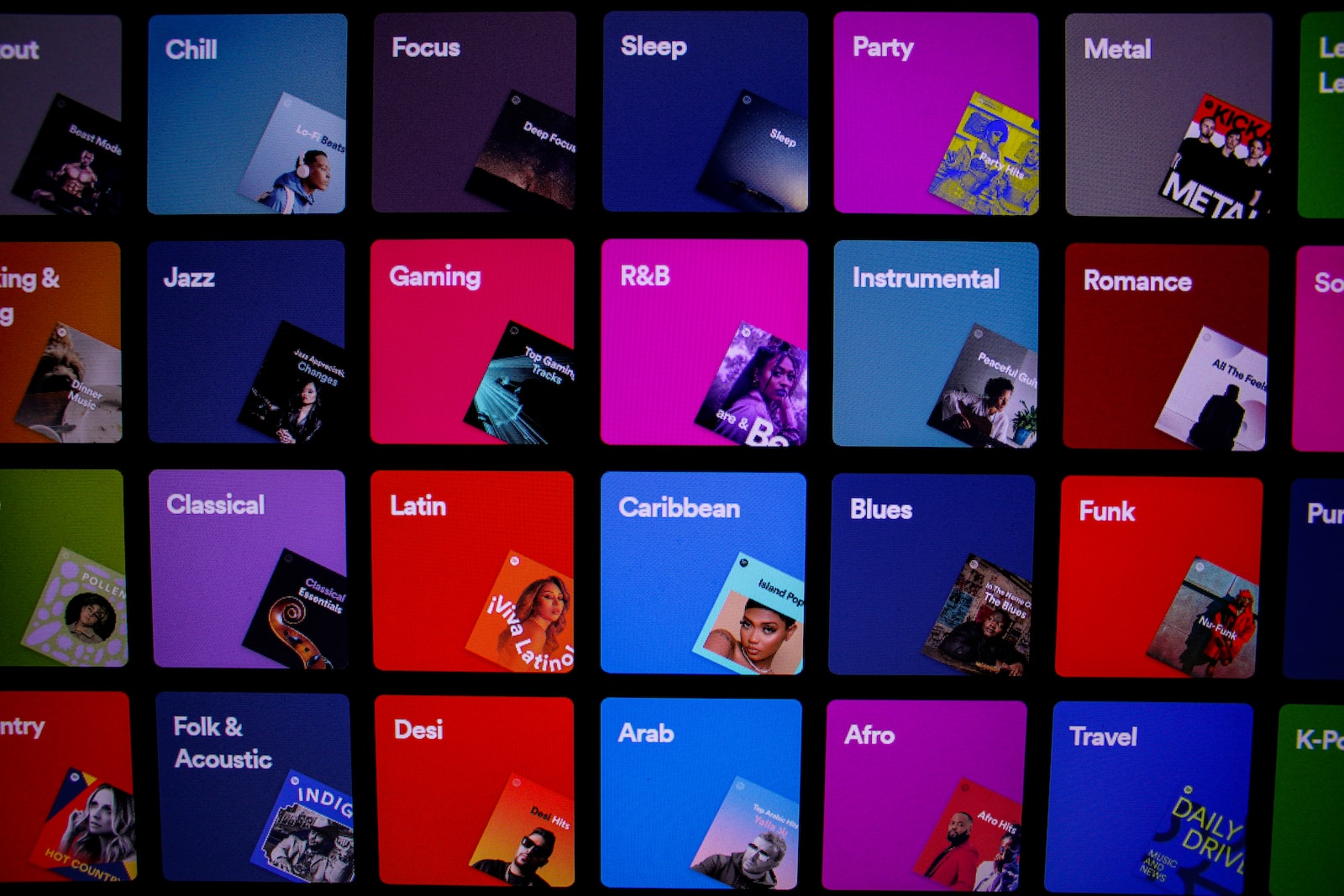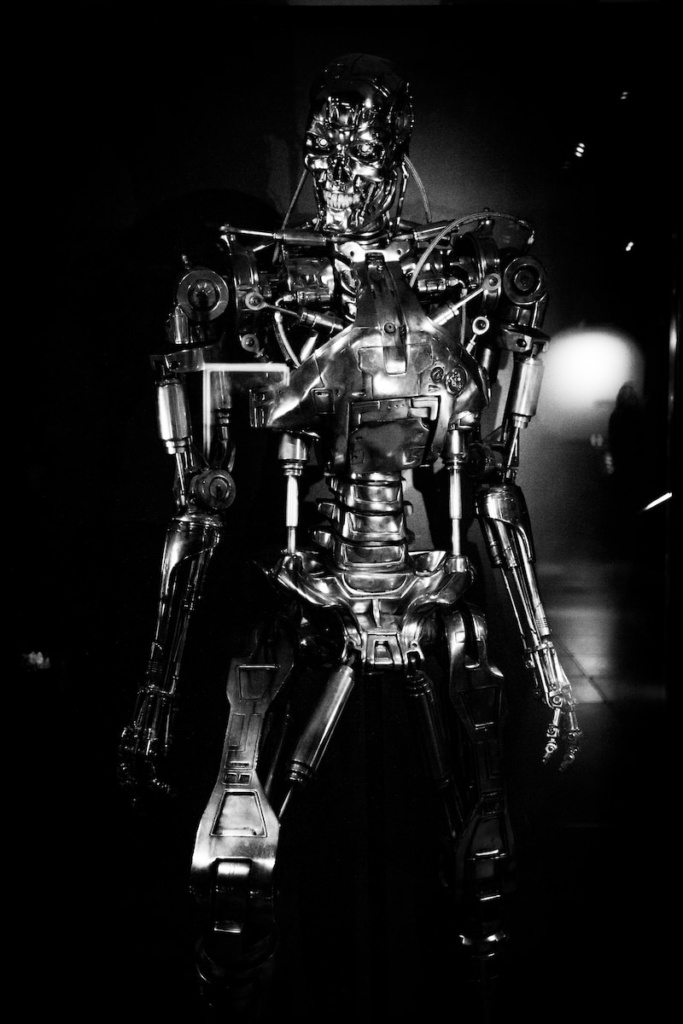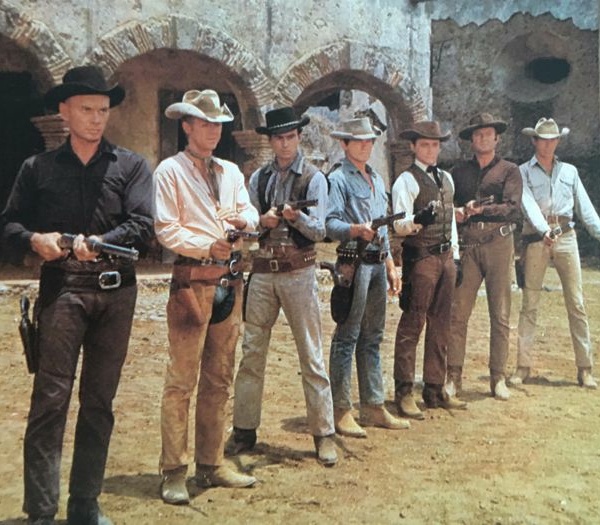
Greetings, movie aficionados! Emma here, your dedicated film companion for four years. Today, let’s embark on a captivating exploration of the intricate art of screenwriting within the dynamic realm of genre films. Fasten your seatbelts; we’re about to dive deep into the delicate balance between originality and convention.
The Tapestry of Genres Unraveled

Genres are the beating heart of cinema, providing a framework for filmmakers to navigate while offering ample room for creative expression. Whether it’s the tension of a thriller, the laughter of a comedy, or the spine-chilling suspense of horror, genres serve as familiar landscapes for both filmmakers and audiences to explore.
However, navigating these well-trodden paths poses a challenge. Too much reliance on genre conventions risks predictability, while straying too far might lead to losing the genre’s essence. So, how does one find the elusive sweet spot?
The Art of Genre Fusion: Mixing the Cinematic Cocktail
Imagine a romantic comedy with a sci-fi twist or a crime thriller set in a fantastical world. Mixing genres is akin to crafting a cinematic cocktail – it’s about finding the right blend of ingredients.
Take, for instance, the 2009 gem, “Zombieland.” While seemingly a zombie apocalypse film, the injection of humor and unexpected camaraderie between characters gave it a refreshing twist. By seamlessly blending horror with comedy, it carved out a unique niche in the genre landscape.
Tarantino’s Genre Subversion
Enter Quentin Tarantino, the maestro of genre subversion. His films are akin to a wild party where every genre receives an invitation, and they all dance together in perfect chaos.
Consider “Pulp Fiction.” Tarantino doesn’t merely tell a crime story; he dissects and rearranges it, delivering a narrative mosaic that defies conventional structure. It’s as if he took the rulebook, tore it to shreds, and then created a masterpiece from the fragments.
Homage vs. Copy-Pasting: Crafting Cinematic Tributes

Paying homage to cinematic predecessors is a time-honored tradition, but it should be a nod rather than a replication.
Look at “Stranger Things.” Set in the ’80s, it’s a nostalgic tribute to Spielberg and King, yet it forges its narrative identity. The show doesn’t replicate; it reinvents, blending nostalgia with contemporary storytelling.
Archetypes with a Twist: Crafting Memorable Characters
Character archetypes are the backbone of genre films, yet a dash of uniqueness can transform clichés into compelling characters.
Consider Heath Ledger’s Joker in “The Dark Knight.” Rooted in the archetype of the classic villain, Ledger’s interpretation breathed new life into an iconic role, turning the character into a force of chaos and unpredictability.
The Rule of Three: A Guiding Light, Not a Straitjacket
The three-act structure is a reliable framework, but it’s not etched in stone; it’s more like guidelines.
Think of Pixar’s “Up.” The emotional rollercoaster in the first ten minutes doesn’t strictly adhere to conventional structure, yet it’s undeniably effective. Sometimes, breaking the rule of three can lead to the most memorable cinematic moments.
Crafting Iconic Dialogues: The Essence of Memorable Lines

Great dialogues are the seasoning of a dish — too much is overwhelming, too little is bland. In genre films, memorable lines become the calling cards.
Consider “The Terminator.” “I’ll be back” isn’t just a line; it’s a cultural phenomenon. It encapsulates the essence of Arnold Schwarzenegger’s robotic character and has transcended the film itself.
Conclusion: A Cinematic Tapestry Woven with Precision
In the realm of genre films, screenwriting is a delicate dance of tradition and innovation. It’s about finding that elusive equilibrium where familiarity meets surprise, where conventions are both respected and subverted.
So, fellow movie enthusiasts, the next time you’re engrossed in a genre film, tip your hat to the screenwriters who navigate this tightrope. They are the unsung heroes, weaving tales that transport us to other worlds while reminding us of the magic inherent in the art of storytelling.
Until next time, happy watching, and may your popcorn always be perfectly buttered!


